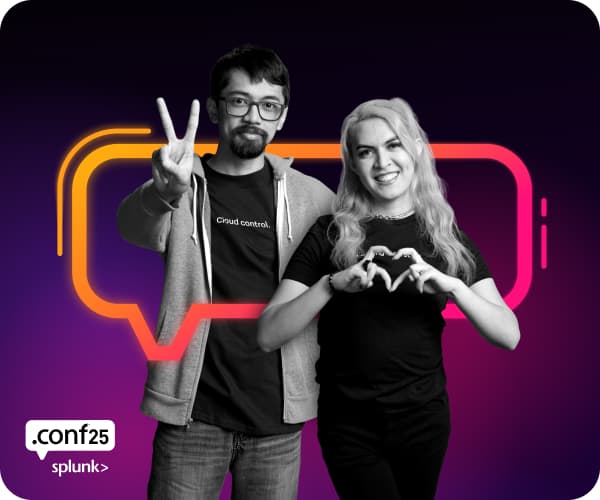Are you a member of the Splunk Community?
- Find Answers
- :
- Using Splunk
- :
- Splunk Search
- :
- How to collect and dedup the newest to a new Index
- Subscribe to RSS Feed
- Mark Topic as New
- Mark Topic as Read
- Float this Topic for Current User
- Bookmark Topic
- Subscribe to Topic
- Mute Topic
- Printer Friendly Page
- Mark as New
- Bookmark Message
- Subscribe to Message
- Mute Message
- Subscribe to RSS Feed
- Permalink
- Report Inappropriate Content
How to collect and dedup the newest to a new Index
Hello Splunkers,
I've got an existing index which I would like to process and collect in a new Index. My rough idea is as following:
- Use Sort and get the latest(Newest) event in the existing Index - BY(Group by) ID
- Collect(Copy) only the first(Newest) event from the Above Index to a New Index.
My sample data in the existing Index looks like below:
ID, Action, DateTime
1, Purchase, 11.08.2019-16:00
1, Purchase, 11.08.2019-15:30
2, Purchase, 11.08.2019-13:00
3, Purchase, 11.08.2019-16:00
The new data in my New Index should be a Collect from the Above Index
ID, Action, DateTime
1, Purchase, 11.08.2019-16:00
2, Purchase, 11.08.2019-13:00
3, Purchase, 11.08.2019-16:00
If you observe the second Event for ID 1 is not present in the second Index.
I'm believing this should be possible using Sort, Dedup and Collect. Please suggest the best possible method. I've to move an Index of around 5GB.
Thanks!!
- Mark as New
- Bookmark Message
- Subscribe to Message
- Mute Message
- Subscribe to RSS Feed
- Permalink
- Report Inappropriate Content
@sai33 does the DateTime field in index1 corresponds to _time field in your data?
| makeresults | eval message= "Happy Splunking!!!"
- Mark as New
- Bookmark Message
- Subscribe to Message
- Mute Message
- Subscribe to RSS Feed
- Permalink
- Report Inappropriate Content
I'm not exactly sure what _time you're refering to. But, this is the timestamp(Date & Time of the Event)
Since, being a newbie to Splunk i'm relatively new to technical terms.
Sorry for the trouble!
- Mark as New
- Bookmark Message
- Subscribe to Message
- Mute Message
- Subscribe to RSS Feed
- Permalink
- Report Inappropriate Content
In order for the community to assist you better you would need to provide your current SPL (mock/anonymize any sensitive information before posting the same).
Can you print the following table and see if _time has same value as DateTime or not?
<yourIndex1Query>
| table _time ID Action DateTime
_time is the Time of the event that you define while indexing the data in Splunk. It is one of the most crucial piece of information that Splunk would need while indexing as any incorrect timestamp in indexed event would imply that none of your correlation/queries would work as expected.
While this is not directly related to the answer to your question here, I would recommend you to understand this as the first step for indexing data correctly. So, refer to documentation: https://docs.splunk.com/Documentation/Splunk/latest/Data/HowSplunkextractstimestamps
Also, second most crucial step is Event Breaking which tells Splunk the boundary of each event as it processes streaming data input. Incorrect event breaks would imply that there may be unwanted events overlap or drop. So read the following documentation as well: https://docs.splunk.com/Documentation/Splunk/latest/Data/Configureeventlinebreaking
| makeresults | eval message= "Happy Splunking!!!"

